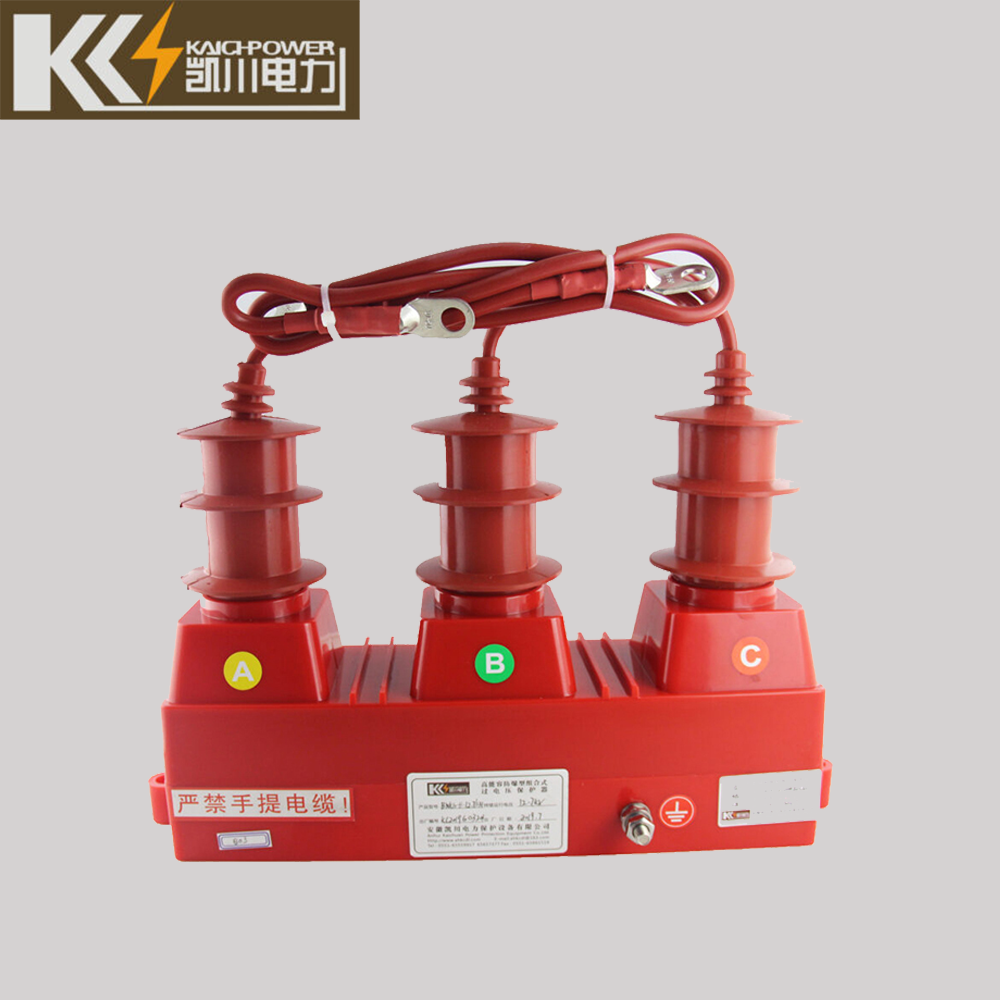
Methods for Protecting Against Overvoltage: Safeguarding Electrical and Electronic Devices
Methods for Protecting Against Overvoltage
Protecting against overvoltage is crucial to prevent damage to electrical and electronic devices. There are several methods commonly employed to safeguard equipment from voltage spikes and fluctuations:
Voltage Regulators
Voltage regulators are devices that maintain a steady output voltage despite fluctuations in the input voltage. They can be either linear or switching regulators, depending on the application. Linear regulators use a series pass transistor to regulate the voltage while switching regulators use a switching element to control the voltage. By ensuring a stable output voltage, voltage regulators protect devices from the harmful effects of overvoltage.
Surge Protectors
Surge protectors, also known as surge suppressors, are devices that divert excess voltage to the ground, protecting connected devices from transient voltage spikes. They are commonly used in power strips to safeguard electronic equipment. When a voltage spike occurs, the surge protector redirects the excess voltage away from the devices, preventing damage. Surge protectors are an essential line of defense against overvoltage.
Voltage Limiting Devices
Devices such as zener diodes or metal oxide varistors (MOVs) are used to limit voltage levels by shunting excess voltage to the ground when a threshold is reached. Zener diodes have a specific breakdown voltage, and when the voltage exceeds this threshold, they conduct current to prevent further voltage increase. MOVs, on the other hand, have a nonlinear voltage-current characteristic that allows them to absorb and dissipate excess voltage. These voltage-limiting devices provide an additional layer of protection against overvoltage.
Isolation Transformers
Isolation transformers are used to isolate the load from the power source, protecting against overvoltage and electrical noise. They physically separate the load from the main supply, reducing the risk of overvoltage damage. Isolation transformers not only protect against overvoltage but also offer safety benefits by eliminating the possibility of electric shock.
Overvoltage Protection Circuits
Integrated circuits specifically designed for overvoltage protection can be employed to detect overvoltage conditions and trigger protective measures. These circuits can automatically disconnect the power supply or activate clamping circuits to prevent voltage spikes from reaching connected devices. Overvoltage protection circuits are highly effective in safeguarding sensitive equipment from overvoltage events.
Fuses and Circuit Breakers
Fuses and circuit breakers are commonly used to protect against overcurrent situations, which can sometimes lead to overvoltage. They help prevent excessive current flow, which can cause voltage spikes. Fuses are designed to melt and break the circuit when the current exceeds a certain threshold, while circuit breakers trip and open the circuit under similar conditions. By interrupting the flow of excessive current, fuses and circuit breakers protect against overvoltage.
Shielding and Grounding
Proper grounding and shielding techniques can minimize the impact of electromagnetic interference (EMI) and transient voltages on sensitive equipment. By providing a low-impedance path to the ground, grounding helps divert unwanted currents and voltage spikes away from the equipment. Shielding, on the other hand, involves enclosing sensitive components in conductive materials to block external electromagnetic fields. By implementing effective grounding and shielding measures, the risk of overvoltage damage can be significantly reduced.
Uninterruptible Power Supplies (UPS)
Uninterruptible power supplies (UPS) not only provide backup power during outages but also regulate voltage, offering protection against overvoltage and voltage fluctuations. UPS systems typically include voltage regulation capabilities that ensure a stable output voltage, regardless of the input voltage variations. By providing a clean and reliable power source, UPS systems protect equipment from overvoltage events.
Transient Voltage Suppressors (TVS)
Transient voltage suppressors (TVS) are devices specifically designed to handle transient voltage spikes. They respond quickly to voltage surges, diverting excess current away from sensitive components. TVS devices are commonly used to protect electronic circuits from overvoltage damage caused by lightning strikes, electrostatic discharge, or other high-energy transient events. By absorbing and dissipating the excess energy, TVS devices prevent voltage spikes from reaching critical components.
Proper Design and Installation
Ensuring proper design and installation of electrical systems is essential to minimize the risk of overvoltage. This includes using appropriate wire gauges to handle the expected current levels, avoiding long cable runsthat can introduce voltage drops, and follow best practices for grounding and bonding. By adhering to industry standards and guidelines, the risk of overvoltage damage can be significantly reduced.
Implementing a combination of these methods based on the specific requirements and characteristics of the electrical system can provide effective protection against overvoltage. Each method offers a unique approach to mitigating the risks associated with voltage spikes and fluctuations. By employing multiple layers of protection, the chances of damage to electrical and electronic devices can be greatly minimized.
Welcome to discuss below.